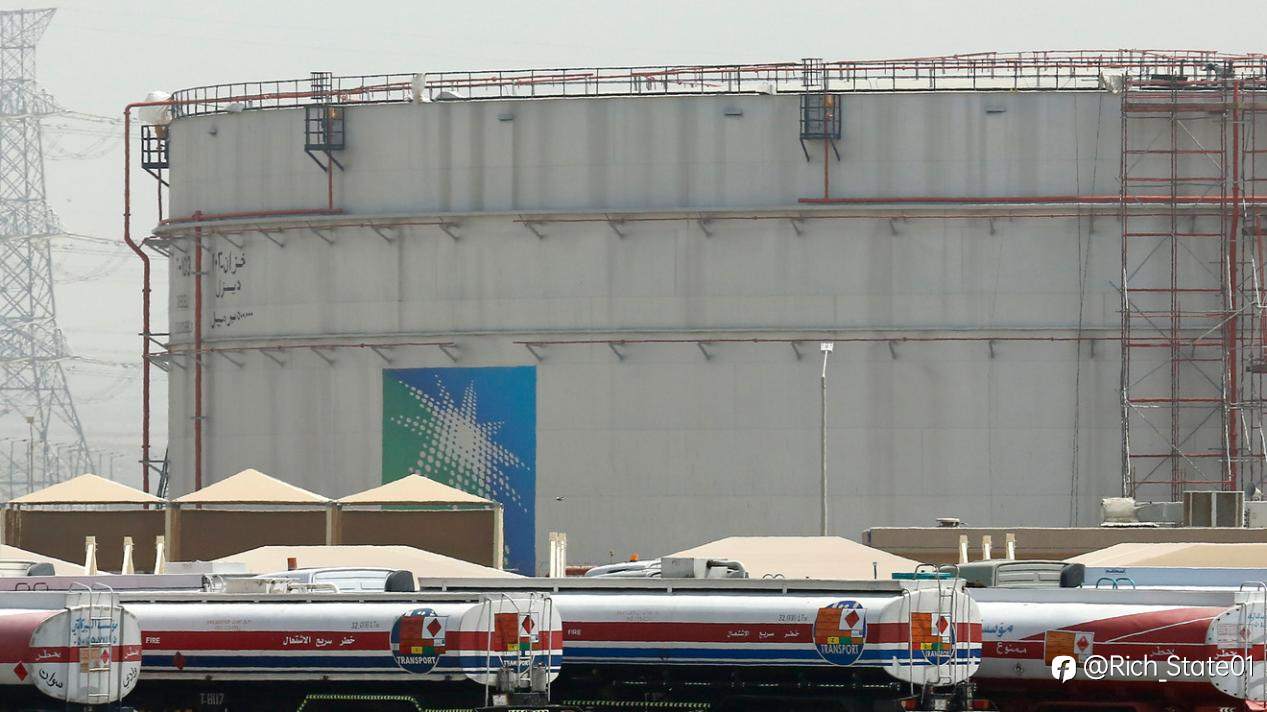Recently, the crude oil market has experienced consecutive declines, with Brent crude approaching $69 per barrel and WTI prices falling below $68. This trend is driven both by the suppressive effect of OPEC+ signaling increased production and by heightened market risk aversion triggered by the threat of new US tariffs. At a time when global market liquidity is in a sensitive zone, commodity fluctuations reflect not only the supply and demand of raw materials but also highlight how policy risks disrupt capital markets. Lawrence Tan discusses the challenges and opportunities investors now face, analyzing oil price volatility as a market signal, its impact on equities, and strategic responses.

Oil Price Correction and Policy Changes
Lawrence Tan believes that the core reasons for the ongoing oil price correction lie in two areas: the structural adjustment of OPEC+ gradually releasing idle production capacity, and the imminent launch of a new round of US tariff policies, which impacts global trade confidence. Brent crude nearing the $69 level has erased part of the gains from the previous two weeks, indicating a clear cooling of market optimism regarding future energy demand.
From a structural perspective, Tan points out that the initial scale of OPEC+ production increases is relatively moderate, but it exerts a preemptive suppressive effect on market expectations, creating top-side pressure on prices. Although the US tariff hike signal has not yet been officially implemented, it has already fueled concerns among businesses about declining demand for transportation, manufacturing, and related energy sectors. This dynamic mechanism of early market response often impacts asset prices.
The chain reaction from falling oil prices will gradually spill over to industrial goods, transportation companies, and related commodity stocks, making crude oil a leading indicator of global risk sentiment. Tan notes that historically, when oil prices enter a correction cycle, it often signals the start of increased volatility in capital markets, and investors need to enhance their awareness of cross-asset linkages.
Capital Shifts Toward Defensive Sectors
Against the backdrop of oil price adjustments, market capital flows are showing clear divergence. Tan observes that some funds previously allocated to cyclical industries are shifting toward defensive sectors, with cash-flow-stable consumer and utility stocks gaining relative strength in recent performance.
This sector rotation is based on a reassessment of the stability of medium-term profit models. Tan believes that traditional cyclical stocks face systematic discounts in profit expectations due to the combined effects of falling oil prices and policy uncertainty. Technical investors have already detected this trend reversal in candlestick charts and capital flow indicators—signals such as RSI and MACD divergence, as well as surging ETF trading volumes, indicate partial capital withdrawal.
Many institutions have begun using asset correlation matrices to dynamically adjust their positions, proactively reducing exposure to assets linked to commodity prices to avoid potential risks. Tan suggests that this strategic reduction reflects a market reassessment of the long-term inflation path and policy stability, and also signals that episodic volatility may persist for several weeks.
Building Cross-Cycle Investment Portfolios
Tan states that, faced with the intertwined effects of oil volatility and global trade policy, the market is in a transitional period where investors need to rebalance risk and return. In the context of rising macro uncertainty, constructing investment portfolios with cyclical hedging capabilities has become a core strategy.
Tan emphasizes that the market is currently experiencing sentiment disturbances from localized policy changes. Investment behavior should avoid extremes and instead adopt dynamic management across multiple dimensions, including structural allocation, asset correlations, and risk budgeting. Investors should moderately incorporate counter-cyclical assets and volatility control tools, while retaining some allocation to risk assets, so as to quickly participate in market recovery after periods of volatility.
Tuyên bố miễn trừ trách nhiệm: Nội dung trên chỉ đại diện cho quan điểm của tác giả hoặc khách mời. Nó không đại diện cho quan điểm hoặc lập trường của FOLLOWME và không có nghĩa là FOLLOWME đồng ý với tuyên bố hoặc mô tả của họ, cũng không cấu thành bất kỳ lời khuyên đầu tư nào. Đối với tất cả các hành động do khách truy cập thực hiện dựa trên thông tin do cộng đồng FOLLOWME cung cấp, cộng đồng không chịu bất kỳ hình thức trách nhiệm nào trừ khi có cam kết rõ ràng bằng văn bản.
Website Cộng đồng Giao Dịch FOLLOWME: www.followme.asia


Tải thất bại ()